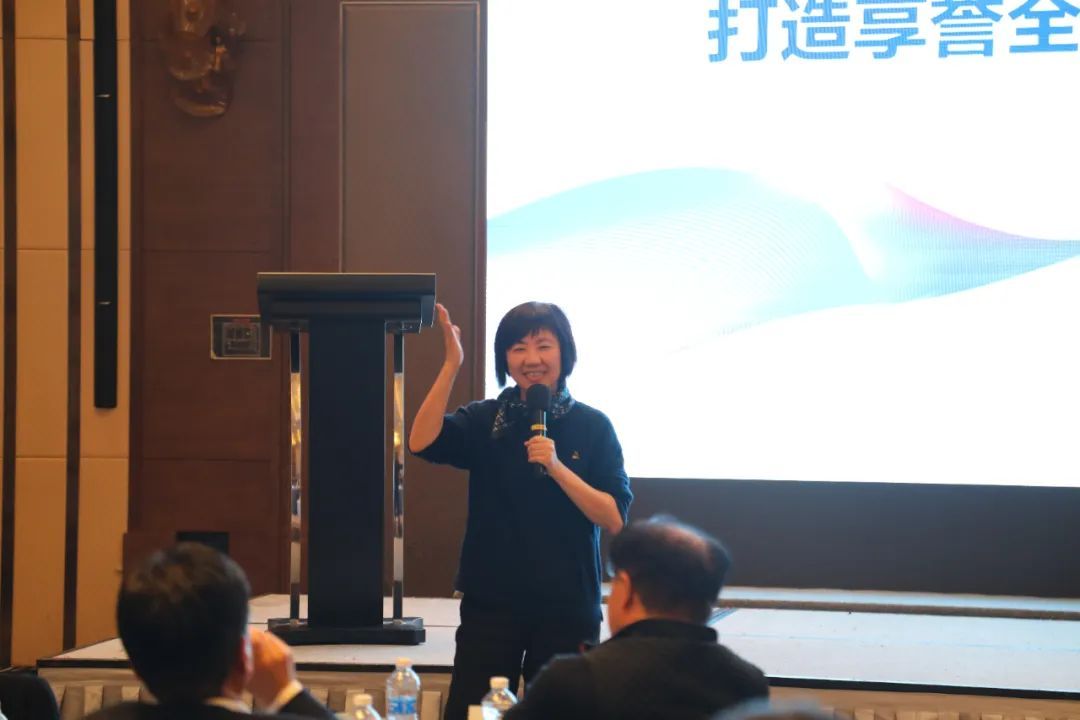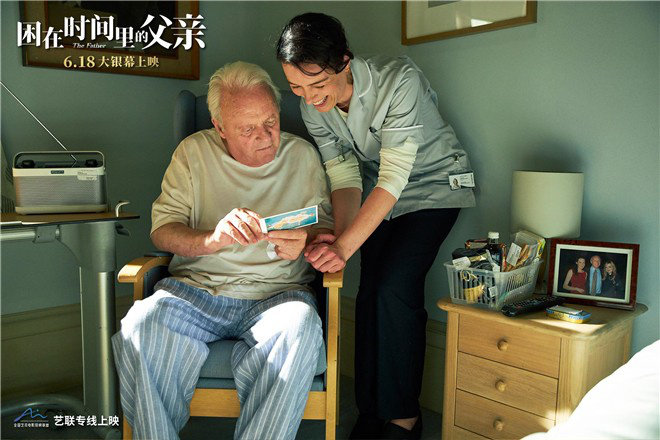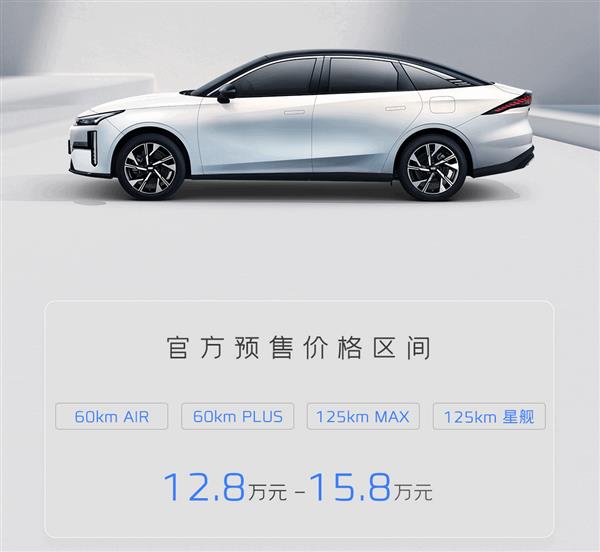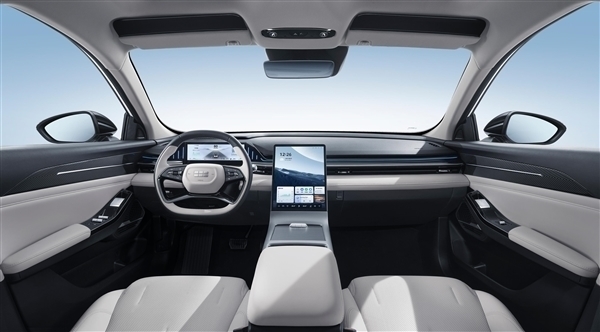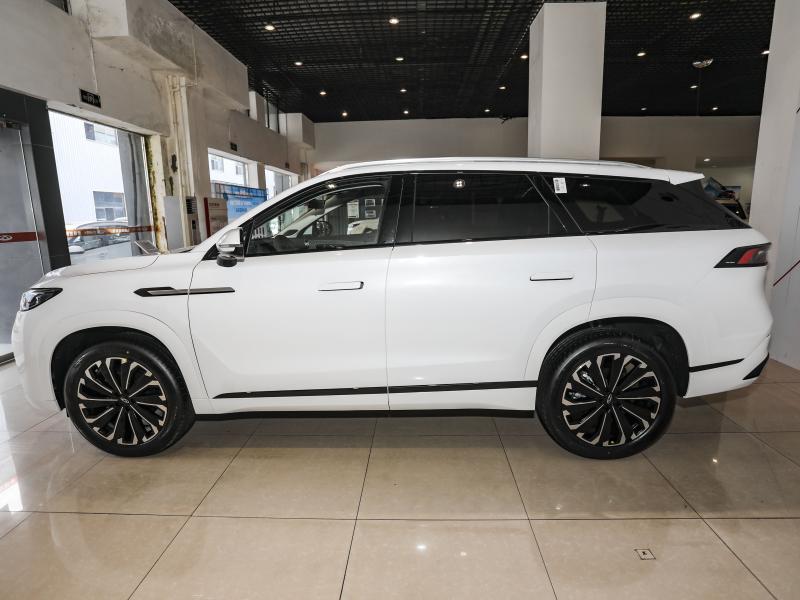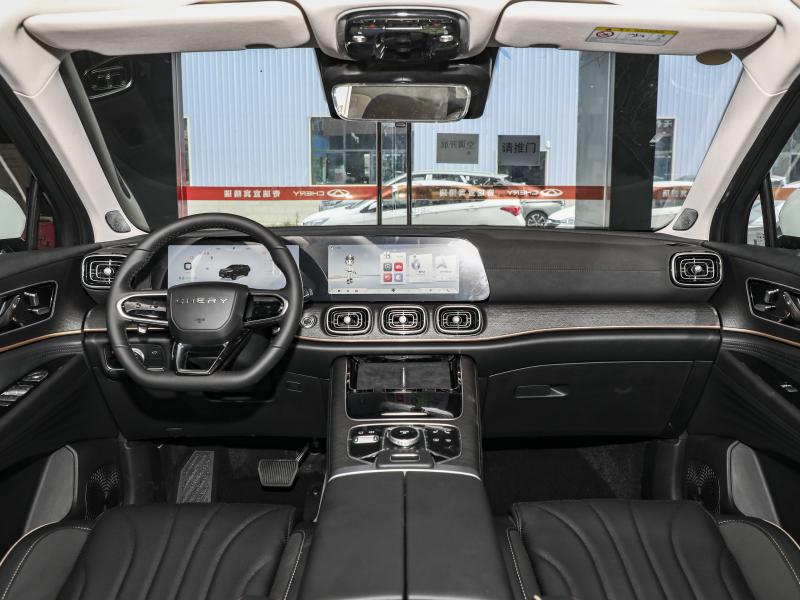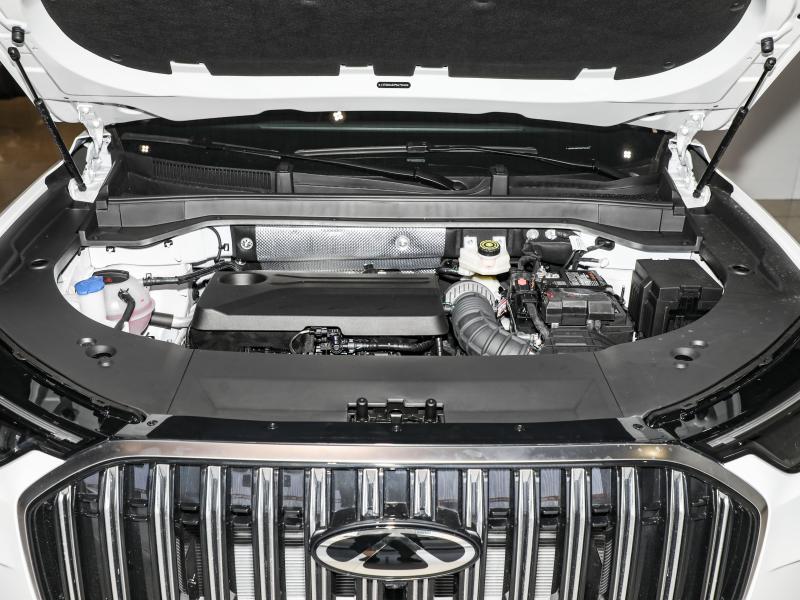On the 16th local time, the US Department of Commerce announced that American companies will be banned from selling parts, commodities, software and technology to ZTE in the next seven years. A heavy punch hit ZTE.

Sino-US trade friction has lasted for 30 days since US President Trump announced the imposition of punitive tariffs on various goods in China on March 23rd.
Is this move of the United States in the name of "national security of the United States" really just competing with China in trade?
The ulterior motive to ban sales actually stems from the panic of the United States about the rise of science and technology in China.
"Trade war"? The United States wants to fight technology.
The Wall Street Journal published an article a few days ago, pointing out the real exchange area of the "trade war" between the two countries:Field of science and technology.

In the trade war with China, American science and technology field was besieged by war.
At the beginning of the article, if you think that the trade friction between China and the United States is only about steel and soybeans, then you have to think about it:
If you think the rising economic tensions between the U.S. and China are all to do with commodities like steel and soybeans, think again. The tech sector is very much in the crossfire.
If you think that the trade friction between China and the United States is only related to commodities such as steel and soybeans, you need to think twice, because the field of science and technology is in full swing.
What the Trump administration is worried about is the technological advantages of these enterprises in China:
Besides the generally negative tone of U.S.-China trade relations, the Trump administration is also worried about ZTE and Huawei’ s growing technological edge: The two companies led the world in patent applications in 2017, according to the World Intellectual Property Organization.
In addition to the negative tone of Sino-US trade relations, the Trump administration is also worried about the growing technological advantages of ZTE and Huawei: according to the World Intellectual Property Organization, these two companies led the world in the number of patent applications in 2017.
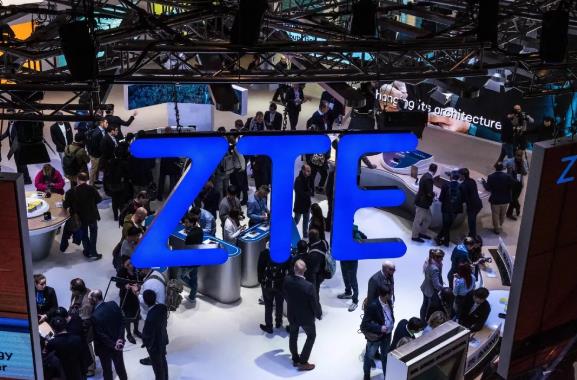
The United States is worried about the development of 5G by China science and technology enterprises
What is the United States particularly worried about? The article pointed out that it is the 5G technology of these enterprises. This is likely to make the United States lag behind in communication technology, and it can only rely on China science and technology enterprises in the future:
A specific concern is that their massive investment in next-generation mobile-network technology, known as 5G, could leave American wireless carriers with no choice but to use Chinese technology in future.
A very specific concern is that they (ZTE and Huawei) have invested heavily in 5G, which may make American wireless operators have to rely on China technology in the future.
The article said that this is the same as the US government’s intervention in Qualcomm’s acquisition, and they are all worried that their own development of 5G will be blocked:

The move against ZTE is consistent with the U.S. government’ s decision last month to block Singapore-based Broadcom ’ s proposed takeover of Qualcomm, on the grounds it would undermine U.S. strength in 5G technology.
Last month, the U.S. government blocked Broadcom’s request to acquire Qualcomm on the grounds that it would damage the U.S. advantage in 5G technology, which is actually a routine with its sanctions against ZTE.
Dissatisfied with Made in China 2025》ZTE wants to play a big game of chess.
The New York Times said that the United States has long been staring at China’s 2025 and wants to play a big game with China in cutting-edge technology, trying to prevent China from leading some technology industries:

China enterprises are banned from buying American parts.
The article writes:
That trade clash now centers heavily on cutting-edge technology. The Trump administration accuses China of using coercion and illicit means to obtain A merican technology. In particular, it has criticized an industrial plan known as Made in China 2025 that seeks to make China a world leader in industries like robotics, electric cars and medical devices.
Now, this trade conflict mainly focuses on cutting-edge technology. The Trump administration accused China of using coercion and illegal means to acquire American technology, and was particularly dissatisfied with the industrial plan of Made in China 2025. The plan seeks to make China a world leader in areas such as robots, electric cars and medical equipment.

In a bid to stop China from dominating these industries, the White House has proposed limiting American exports of semiconductors and advanced machinery to the country. That could happen through new investme nt restrictions, which are slated to be announced in the coming months.
The White House tried to prevent China from leading these industries, and proposed to restrict the export of semiconductors and advanced machinery from the United States to China. This may be achieved through new investment restrictions, which will be announced in the coming months.
The New York Times also said that in recent years, China has made considerable progress in some fields such as artificial intelligence:
While China has long been viewed as the lower-cost producer for technology companies in the United States, it has in recent years gained considerable ground in areas like artificial intelligence. Last year, China unveiled a plan to become the world leader in artificial intelligence and create an industry worth $150 billion to its economy by 2030.
Although China has long been regarded as a low-cost producer of American technology companies, in recent years, China has made considerable progress in artificial intelligence and other fields. Last year, China announced its plan to become a world leader in the field of artificial intelligence and turn it into an industry worth 150 billion US dollars (about 940 billion yuan) by 2030.
The American media Axios also published an article saying that this is due to the panic of China technology:

The United States is alarmed by the threat of science and technology in China.
Can the United States really get the upper hand by sanctioning China’s enterprises?
Those who hurt people will hurt themselves. The United States has shot at ZTE this time. Many American media commented that it was shooting themselves in the foot:

WSJ: In the war of science and technology between China and the United States, the United States killed 1,000 enemies and suffered 800 losses.
Fu Cheng, the founder chairman of China Capital Capital, described the US sanctions against ZTE as follows:
the fraughtest moment in the 30-year history of U.S.-China technology trade and mutual reliance
The most worrying moment in the 30-year history of Sino-US science and technology trade and interdependence.
Worried, worried
American chipmakers are also having a hard time.
Just as many industries in China depend on American chips, the American chip market also needs China. Qualcomm has been pushed to an extremely embarrassing situation by its own country:
The block put the mobile-chip company firmly at the center of a growing tech rivalry between its home country and its biggest market: China, which accounts for almost two-thirds of Qualcomm’ s revenue.
The ban puts Qualcomm, a mobile phone chip company, at the center of the technological contest between China and the United States, while China is Qualcomm’s largest market, and two-thirds of Qualcomm’s revenue comes from China.
And because of this, Qualcomm’s plan to acquire NXP, a Dutch company, may be implicated and forced to shelve:

China’ s Commerce Ministry spokesman, Gao Feng, said Thursday a preliminary review of Qualcomm’ s NXP deal turned up issues that make “it difficult to eliminate the negative impact,” but he didn’ t rule out the possibility of an eventual approval.
Gao Feng, spokesman of China’s Ministry of Commerce, said on 19th that he was reviewing the case of Qualcomm’s acquisition of NXP, and thought that the merger was "difficult to eliminate the negative impact", but he did not rule out the possibility of final approval.
Qualcomm said Thursday that it refiled its application with Chinese regulators, and agreed with NXP to extend the deal’ s deadline by three months to July 25.
Qualcomm said on the 19th that it had resubmitted its application to China and agreed with NXP to extend the trading deadline by three months to July 25th.
It is reported that according to anti-monopoly laws, this transaction needs to be approved by the regulatory authorities of nine countries and regions. After many games, the EU finally gave the green light, and now it only needs the approval of the Ministry of Commerce of China.
The article said:
The deal is seen as crucial to San Diego-based Qualcomm, which needs to look for growth beyond its dominance in the smartphone sector. NXP specializes in making chips for automobiles, a rapidly growing market.
This acquisition is particularly important for Qualcomm in San Diego, which needs to seek growth outside its dominant smart phone industry, while NXP specializes in mobile phone chip manufacturing, which is a fast-growing market.

According to the article, the interdependence of Chinese and American technology companies proves that the war of science and technology is not a zero-sum game, and Qualcomm is one of the injured scientific enterprises in the United States:
The interdependence of technology companies across the Pacific means that a tech war isn’ t a zero-sum game. Qualcomm is one of several U.S. suppliers hurt by the ban on sales to ZTE.
The interdependence of trans-Pacific technology companies shows that the war of technology is not a zero-sum game. Qualcomm is one of the injured suppliers who banned ZTE in the United States.
According to a report by Bloomberg on the 19th, in order to reduce costs, Qualcomm has begun to lay off employees on a large scale:

Qualcomm Inc. has begun cutting about 1, 500 jobs in California as part of a broader workforce reduction aimed at meeting a commitment to investors to pare costs by $1 billion, according to people familiar with the process.
According to people familiar with the matter, Qualcomm has started to cut about 1,500 jobs in California, which is also part of a broader layoff plan aimed at fulfilling its promise to investors to cut costs by $1 billion.
American farmers have added new worries
A while ago, foreign media had lamented that a trade war between China and the United States would bring a disastrous blow to American farmers.
However, the recent US sanctions against China technology companies will deal a blow to American farmers on the other hand: Internet speed.

According to the Shi Ying Finance website, the Federal Communications Commission voted for a measure that will prevent American operators from using federal funds to buy network equipment from companies such as Huawei and ZTE.

The article is worried about the network in rural America:
Cutting out the Chinese companies from rural markets could place significant financial pressure on carriers and reduce their ability to provide adequate connectivity.
Driving China companies out of the US rural market may bring huge financial pressure to operators and reduce their ability to provide adequate network connections.
The sanctions imposed on ZTE have aroused the hearts of China people.
The pain of ZTE’s "chip" made us aware of our shortcomings, and at the same time aroused the hearts of Chinese people.
Foreign media have also noticed this.
The Hill said:The United States’ ban on ZTE aroused the unity of China people.

The report said:
The Chinese are now rallying around telecommunications company ZTE Corp. in response to a U.S. ban on sales of components to the Chinese company.
China people are now united around ZTE, a telecommunications company, to resist the US decision to ban the sale of components.
Reuters also reported that:
Chinese social media has seen an outpouring of support for ZTE.
A large number of comments from netizens have sprung up on social media in China to support ZTE.

The commentary in South China Morning Post thinks that ZTE may become an opportunity for China if it dies.

Why does the United States sanction ZTE or become the best driving force to boost China’s chip ambition?
According to the article, the China administration will therefore work hard to get rid of its dependence on the United States in the semiconductor field:
The shock of possibly seeing one of its star state owned tech companies struggle for survival will push Beijing even harder in its efforts to reduce re liance on some US$200 billion of annual semiconductor imports, which it fears holds back its own technology sector.
Seeing that the technology giants of state-owned enterprises will be struggling to survive, the China government is shocked and will make every effort to get rid of the annual semiconductor import of about 200 billion US dollars. The government is worried that these imported semiconductors will hinder the development of the country’s science and technology field.
The article notes that the China government has already invested a lot of money in the semiconductor field and was established.National integrated circuit industry investment fundGive financial support to domestic semiconductor enterprises in the form of direct shareholding.
China’ s National Integrated Circuits Industry Investment Fund, a central government subsidy programme aimed at reducing the country’ s reliance on foreign microchips, wants to raise as much as 200 billion yuan (US$32 billion) in its latest round of funding. The first round of about 140 billion yuan was allocated to more than 20 companies.
It is reported that China National Integrated Circuit Industry Investment Fund (a government subsidy project aimed at reducing dependence on foreign chips) plans to raise 200 billion RMB in the latest fundraising. The 140 billion yuan raised in the first phase has been invested in more than 20 enterprises.
The commentary is optimistic that China has enough capital and market to support its own chip industry, and the key lies in a breakthrough:
China has the capital and the consumer market to support its own chip industry, but the road to get there won’ t be easy. More often than not, a crisis is the best way to achieve a breakthrough – perhaps in a new technology that could make current manufacturing methods obsolete and vault the inventor to No 1 position.
China has enough capital and consumer market to support its own chip industry, but the road is tortuous. Usually, a crisis may be the best way to find a breakthrough. Perhaps China can develop new technologies and eliminate the current manufacturing methods, so as to jump to the top.

Editor: Li Xueqing Juicy Zuo
